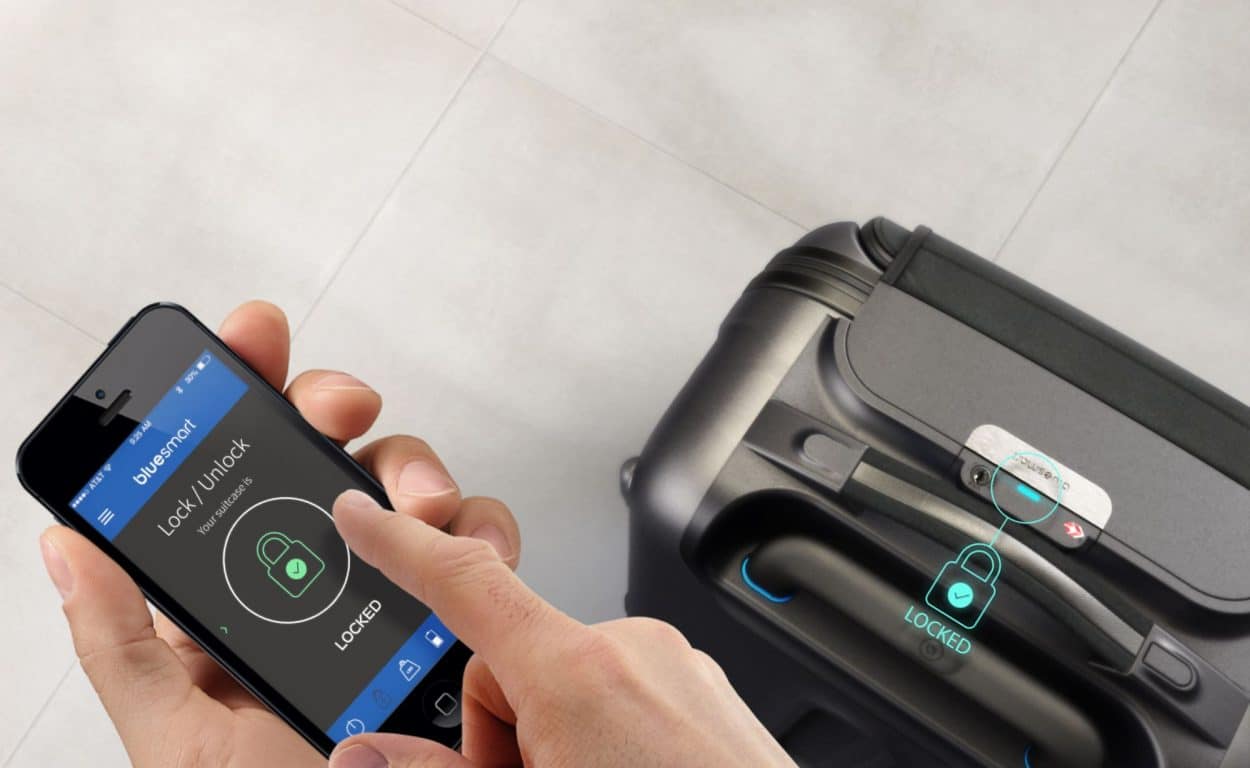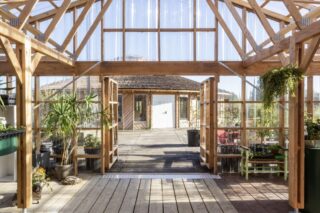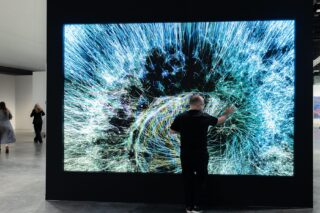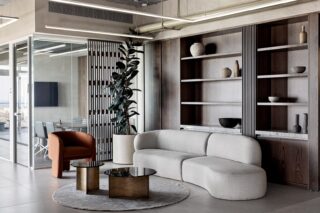Experts are now explaining what’s in store for the future of IoT and how to get there.
“Where design today focuses on physical products, design of the future will be about data-driven products and experience. Where innovation today is about creating new products, innovation of the future will be focused around designing adaptive products that are constantly delighting the customer. And where technology today might be core to a company but an afterthought to the product, technology in the future will be a core part of design,” said Suketu Gandhi (A.T. Kearney) and requoted in the MIT Sloan Management Review.
Here’s to understanding the groundwork of a more exciting tomorrow.
The Starting Point
When designing connected objects, the designer first must understand what that means. How does a connected object work?
In the MIT Sloan Management Review, the authors mention the Information Value Loop. Information passes through the loop’s stages: create, communicate, aggregate, analyze and act.
“The amount of value created by information passing through the loop is a function of the value drivers identified in the middle. Falling into three general categories: magnitude—how much data is needed; risk—how reliable and accurate must that data be; and time—how quickly the data is needed.”
“These value drivers may offer a good starting point for product designers as they begin to unravel what customers truly need in an IoT product, and what may be extraneous features.”
With 12 years of experience in the business of creating connected objects, Ian Kayser, vice president of operations at Design1st, gives invaluable insight on designing and manufacturing IoT products. He explains the importance of collaboration and working in a large team with a variety of expertise and offers the two must-dos in order to successfully bring your IoT products on the market.
Always something new and fun to watch in the IoT world. Don’t miss reading about the World’s 1st Multi-Payment Connected Screens and watch the video here.
Physical & Digital Experiences
“Design pushes technology; technology pushes design,” John Lasseter, Pixar/Disney, in The Pixar Story.
In line with Lasseter, Joe Johnston, product designer and director at Group UX (@HUGEinc), believes the physical and digital experience of a connected object needs to work together in harmony. He says that design and engineering should work together side-by-side taking all aspects of the experience into consideration. He offers three core elements to consider when creating IoT devices: the setup, context and designing for conversational learning.
Unpacking and starting the device should be as seamless and simple as possible.
“Try not to force users to jump through too many hoops to get the product up and running.”
When designing the product, you’ll need to think holistically and keep the user’s interactions with the object in mind: TUI (Touch User Interface), the VUI (Voice User Interface), the GUI (Graphical User Interface) and now even the CUI (Conversational User Interface).
“Understanding and learning context will greatly improve the overall long-term usage of these IoT products. Applying things like Anticipatory Design techniques and removing needless choices will help add more and more value to users (ie. Nest, Tesla, Amazon Echo).”
The startup Bluesmart launched a connected suitcase that looks fantastic with loads of connected features, but a review of the product after use by Natt Garun, the U.S. editor at The Next Web, shows it missed the Anticipatory-Design step. In a review by Ashley Carman for The Verge, we learn the weight of the luggage itself is enough to create more pain during travels; she also reveals the connected luggage trend is growing, with “Samsung and Samsonite reportedly working together to manufacture bags that are tracked through satellites, and Raden unveiled its connected luggage earlier this year.”
Designers will need to keep in mind that users have different desires and needs, thus each will have a different opinion on the idea of conversing with one’s objects. It’s going to depend on targeted users in order to base the decision on them.
Take for example the recent Fast Co. Design article by Mark Wilson on AI’s lack of empathy.
A Prime Example to Love
“You only get once chance,” Paul Golding, co-inventor of Klio by art.com, told ArchiExpo e-Magazine in a phone interview. “The investment required to bring a hardware product to the market is such that you can’t really iterate too many kinds if you get it wrong the first time.”
While digital art, according to Golding, has been around for a while, Klio takes it much further with its variety of art forms. It’s an interactive device and platform designed to bring motion-rich digital art to life in the home or office. Imagine a framed piece of artwork that can be selected via an app and changed whenever desired. The most brilliant aspect of Klio is the available art forms it offers. The team designed algorithms specifically for Klio, and all art found in Klio’s collection is exclusive.
Parallel to Design1st Ian Kayser’s list of must-dos, Golding explained the creation process for Klio included identifying possible risks. The team began by discussing and defining digital decor, then later focused on digital art. Through observation, they came to understand there was no prior demand for such a product because it was the first of its kind. One of their main concerns was ensuring targeted consumers would understand its purpose without associating Klio to products such as the TV.
After nailing down the risks and overcoming the challenges, the team at Art.com came up with a product that is not only creating a new demand, but is playing beautifully with other IoT objects.
“Klio can now interoperate with other home IoT devices. We can now speak to Klio using the Amazon Echo.”
Listen to Golding speak about the creation of Klio and all its capabilities. With 25 years of experience working in innovation, he points out some major mistakes and offers advice for those designing IoT products.
Don’t miss the IoT events scheduled for 2017, and check out the IoT World Forum 2016 being held in London this month.














